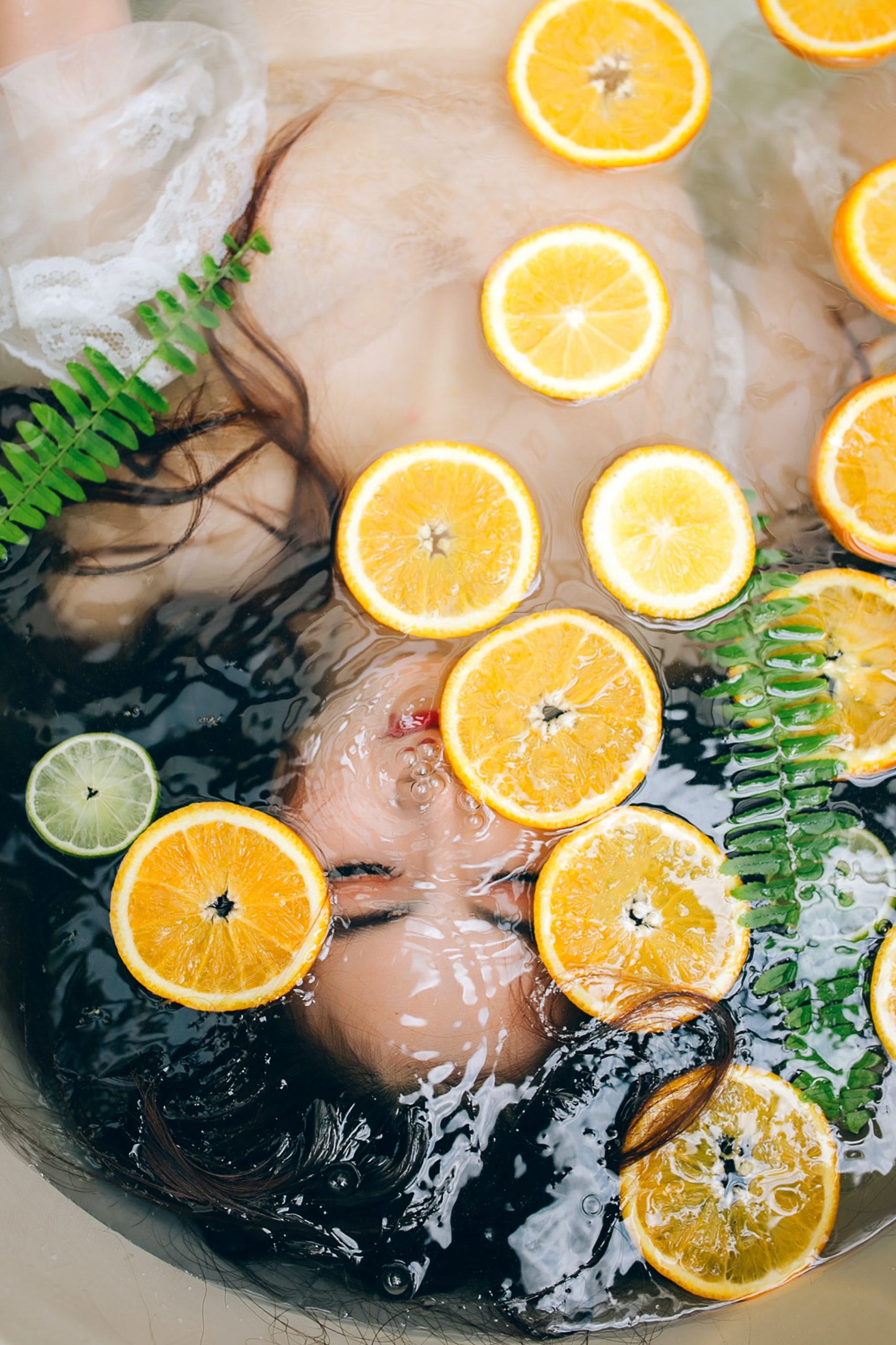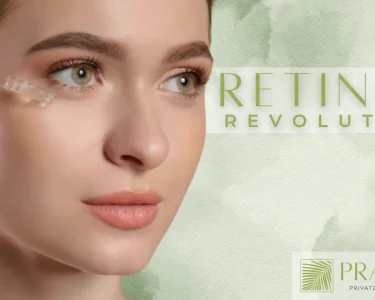Introduction:
As the world becomes more conscious of the impact of our choices on the environment and our health, there has been a significant shift towards embracing a greener lifestyle. This includes adopting sustainable practices in various aspects of our lives, including our beauty routines. Transitioning to an all-organic beauty routine is a powerful way to align our skincare choices with our values of environmental sustainability and personal well-being. In this article, we will explore the process of going green and provide practical tips on how to transition to an all-organic beauty routine.
Understanding the Importance of Organic Beauty:
Conventional beauty products often contain synthetic chemicals, artificial fragrances, and potentially harmful ingredients that can have adverse effects on both our skin and the environment. Organic beauty products, on the other hand, are made from natural and sustainably sourced ingredients, free from harsh chemicals and toxins. By transitioning to an all-organic beauty routine, we can reduce our carbon footprint and support brands that prioritize ethical and environmentally friendly practices.
Educating Yourself:
The first step in transitioning to an all-organic beauty routine is to educate yourself about organic skincare and the importance of reading product labels. Familiarize yourself with common organic certifications and understand what ingredients to avoid. This knowledge will empower you to make informed decisions and choose products that are truly organic and aligned with your values.
Assessing Your Current Beauty Collection:
Take inventory of your current beauty collection and assess which products can be replaced with organic alternatives. Start with everyday essentials like cleansers, moisturizers, and body care products. Look for organic options that suit your skin type and address your specific concerns. Gradually phase out non-organic products and replace them with certified organic alternatives.
Researching Organic Beauty Brands:
There are numerous organic beauty brands available today, offering a wide range of products to cater to different needs and preferences. Research reputable brands that are known for their commitment to organic ingredients, ethical sourcing, and sustainable practices. Read reviews, check certifications, and seek recommendations from trusted sources to ensure the authenticity and quality of the products you choose.
Transitioning Gradually:
Transitioning to an all-organic beauty routine doesn’t have to happen overnight. It’s a process that can be done gradually to suit your comfort level and budget. Start by replacing one or two products at a time as you finish your non-organic counterparts. This gradual approach allows you to adjust to the new products and gives you time to find organic alternatives that work best for your skin.
Exploring DIY and Natural Remedies:
Embrace the world of do-it-yourself (DIY) beauty and natural remedies. Many organic ingredients can be found in your kitchen or local grocery store. Experiment with homemade face masks, body scrubs, and hair treatments using organic ingredients like honey, coconut oil, and oatmeal. Not only is this a cost-effective approach, but it also allows you to have complete control over the ingredients you use on your skin.
Seeking Professional Advice:
If you’re unsure about which organic products to choose or have specific skin concerns, consider consulting a skincare professional or an esthetician who specializes in organic skincare. They can assess your skin, provide personalized recommendations, and guide you through the transition process, ensuring that you select the most suitable organic products for your unique needs.
Sharing Your Green Journey:
Transitioning to an all-organic beauty routine is a journey worth sharing. Use your experience and knowledge to inspire others to make more conscious beauty choices. Share your favorite organic products, DIY recipes, and tips on social media, blogs, or within your community. By spreading awareness, you can encourage others to embrace organic beauty and contribute to a greener future.
Conclusion:
Transitioning to an all-organic beauty routine is an empowering choice that benefits
both our skin and the environment. By educating ourselves, assessing our current beauty collection, researching organic brands, transitioning gradually, exploring DIY remedies, seeking professional advice, and sharing our green journey, we can make a positive impact on our personal well-being and the planet. Going green in our beauty routines is a step towards a more sustainable future, where conscious choices and natural ingredients take center stage. So, embrace the power of organic beauty and make the switch today!




